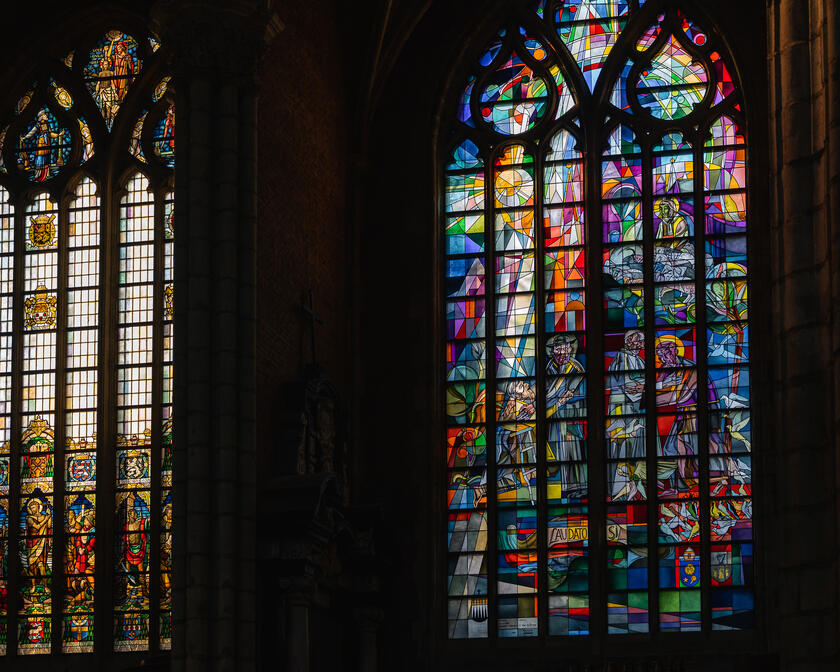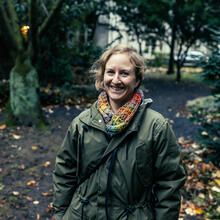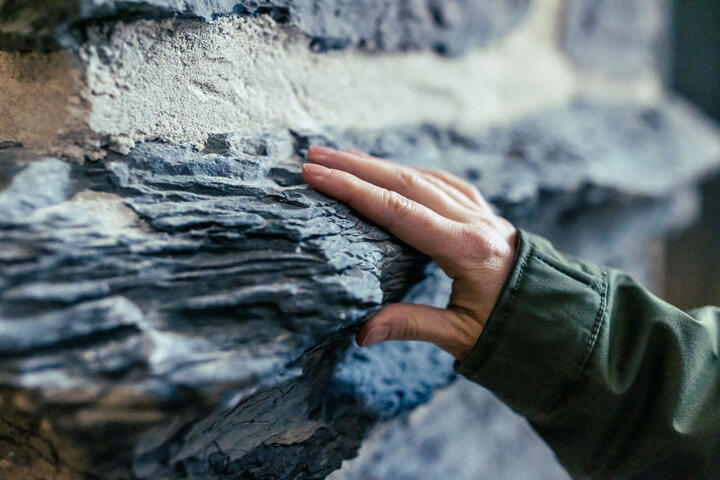
©Sint-Baafskathedraal - www.artinflanders.be - Martin Corlazzoli









I really like this material. Van Eyck would have perfectly captured the reflections of light on the brass stairs.

























Maaike Blancke (Bressers Architecten) from Ghent is an art historian, interior architect and restoration expert. She worked on several Ghent landmarks, including the kiosk in Citadelpark and the Town Hall, but her biggest feat so far is the new visitor centre in St Bavo's Cathedral which houses the restored Ghent Altarpiece.
